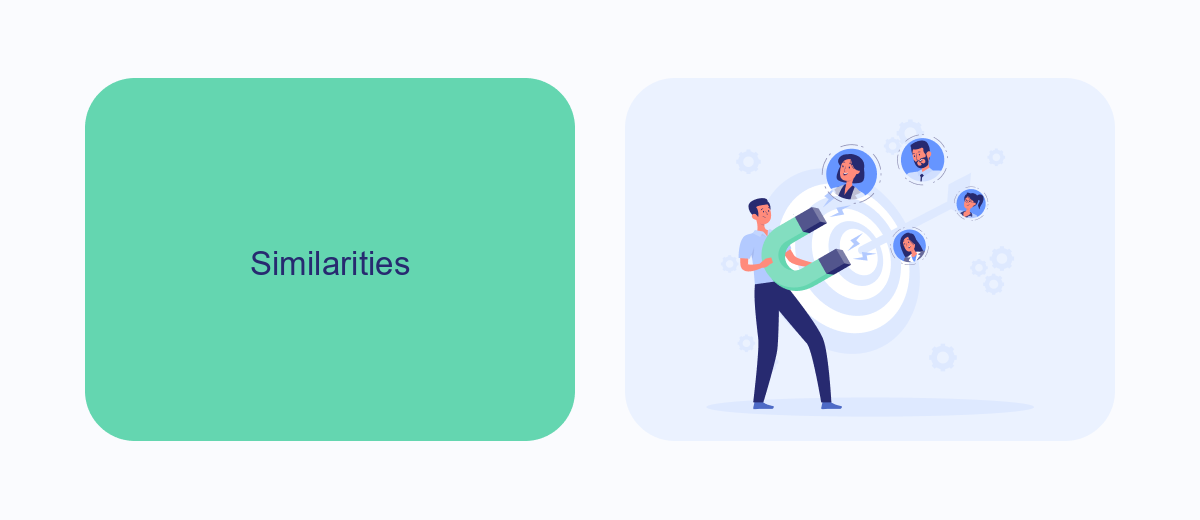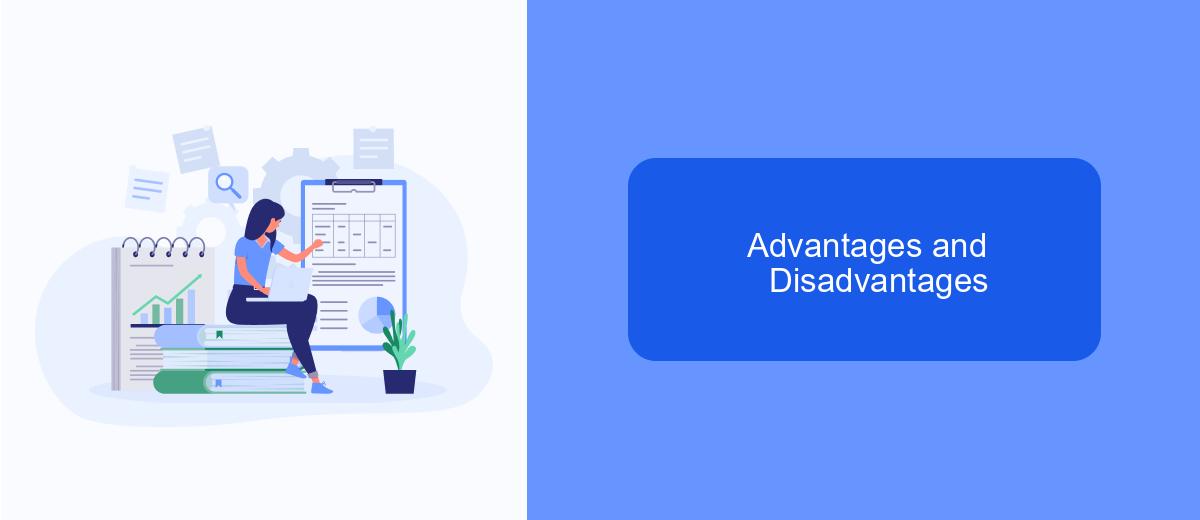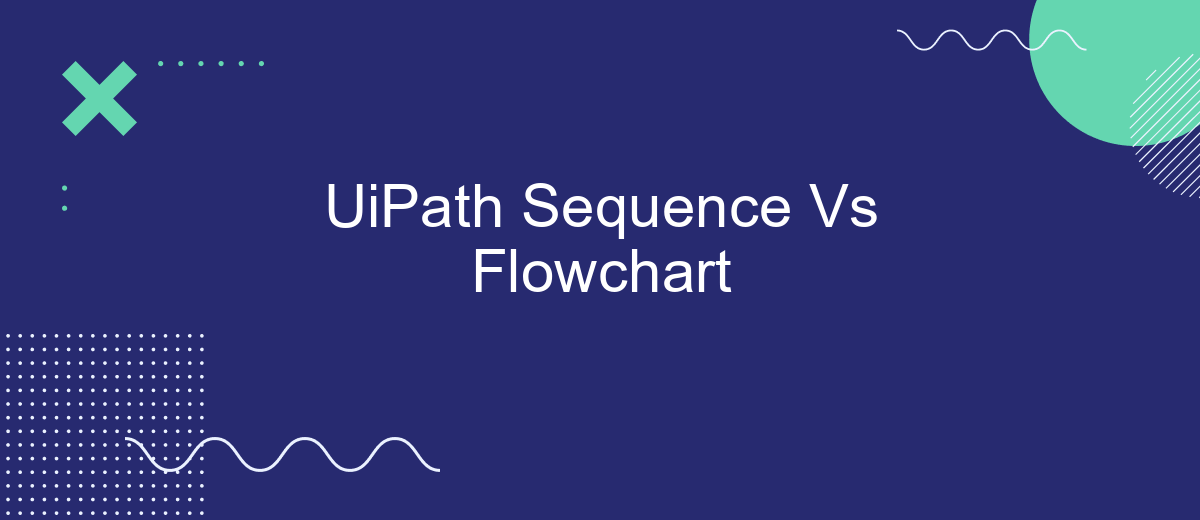When automating processes with UiPath, selecting the right workflow design is crucial for efficiency and clarity. UiPath offers two primary workflow types: Sequence and Flowchart. This article explores the key differences between these two approaches, helping you understand when to use each to optimize your automation projects and achieve the best results.
Introduction
UiPath is a powerful automation tool that provides various ways to design workflows, with Sequence and Flowchart being two of the most prominent. Understanding the differences between these two approaches is crucial for optimizing your automation projects and ensuring efficient process management.
- Sequence: Ideal for linear processes and straightforward tasks.
- Flowchart: Suitable for complex workflows with multiple decision points.
Choosing the right workflow design can significantly impact the efficiency and clarity of your automation. While Sequences are perfect for simple, step-by-step tasks, Flowcharts offer flexibility and are better suited for intricate processes with branching logic. By mastering both, you can leverage UiPath's full potential to streamline your business operations effectively.
Similarities

Both UiPath Sequence and Flowchart are essential components in the UiPath automation suite, designed to streamline automation processes. They share a common goal of simplifying complex workflows and enhancing automation efficiency. Both tools allow users to create, manage, and execute automation projects with ease, ensuring that repetitive tasks are handled seamlessly. Additionally, both Sequence and Flowchart integrate smoothly with other UiPath components and third-party services, making them versatile tools for various automation needs.
Moreover, both Sequence and Flowchart offer user-friendly interfaces that cater to both beginners and experienced developers. They support drag-and-drop functionalities, which enable users to design workflows without extensive coding knowledge. These tools also provide error handling and debugging features, ensuring that automation projects run smoothly and efficiently. For instance, integrating with services like SaveMyLeads can further enhance their capabilities by automating data transfer between different platforms, thereby reducing manual effort and minimizing errors.
Differences

When comparing UiPath Sequence and Flowchart, it's important to understand their unique characteristics and use cases. Sequences are linear and straightforward, ideal for simple processes, whereas Flowcharts offer a more visual and flexible approach, suitable for complex workflows.
- Structure: Sequences follow a linear path, making them easier to debug and maintain. Flowcharts, on the other hand, provide a graphical representation with multiple branching paths.
- Complexity: Sequences are best for simple, linear tasks. Flowcharts excel in handling complex decision-making processes and parallel activities.
- Flexibility: Flowcharts offer greater flexibility in designing workflows, allowing for multiple conditions and loops. Sequences are more rigid but simpler to set up.
- Integration: Both can integrate with external services like SaveMyLeads to automate data workflows, but Flowcharts provide a more comprehensive overview of the integration process.
In summary, choose Sequences for straightforward, linear tasks, and opt for Flowcharts when dealing with complex workflows that require multiple decision points and parallel processing. The right choice depends on the specific requirements of your automation project.
Advantages and Disadvantages

When comparing UiPath Sequence and Flowchart, it's important to understand their respective advantages and disadvantages. Each has its own strengths and weaknesses that make them suitable for different types of automation tasks.
Sequences are linear and straightforward, making them ideal for simple processes that follow a clear, step-by-step path. They are easy to understand and maintain, especially for beginners. On the other hand, Flowcharts offer a more flexible and visual approach, which is beneficial for complex processes with multiple decision points and branching logic.
- Advantages of Sequences: Simplicity, ease of use, and straightforward debugging.
- Disadvantages of Sequences: Limited flexibility for complex workflows.
- Advantages of Flowcharts: Better for complex processes, visual representation, and easier to manage branching logic.
- Disadvantages of Flowcharts: Can be more difficult to debug and maintain, especially for beginners.
Choosing between Sequence and Flowchart often depends on the complexity of the task at hand. For simple, linear processes, Sequences are typically more efficient. However, for more complex workflows that require decision-making and branching, Flowcharts provide the necessary flexibility. Tools like SaveMyLeads can further enhance these workflows by enabling seamless integrations between various services, making automation even more powerful.
Conclusion
In conclusion, both UiPath Sequences and Flowcharts offer unique advantages depending on the specific needs of your automation project. Sequences are ideal for linear processes where tasks follow a straightforward path, making them easier to design and maintain. On the other hand, Flowcharts provide a more flexible and visual approach, suitable for more complex workflows that involve multiple decision points and branches.
Choosing between Sequences and Flowcharts ultimately depends on the complexity and requirements of your automation tasks. For those looking to streamline integrations and automate workflows efficiently, leveraging services like SaveMyLeads can further enhance your automation capabilities. SaveMyLeads allows for seamless integration with various platforms, ensuring that your automated processes are both robust and scalable. By understanding the strengths of each UiPath component, you can better tailor your automation strategy to meet your business goals.
- Automate the work with leads from the Facebook advertising account
- Empower with integrations and instant transfer of leads
- Don't spend money on developers or integrators
- Save time by automating routine tasks
FAQ
What is the primary difference between a Sequence and a Flowchart in UiPath?
When should I use a Sequence in UiPath?
When is it more appropriate to use a Flowchart in UiPath?
Can I convert a Sequence into a Flowchart in UiPath?
Are there any tools or services to help integrate and automate workflows in UiPath?
Are you using Facebook Lead Ads? Then you will surely appreciate our service. The SaveMyLeads online connector is a simple and affordable tool that anyone can use to set up integrations for Facebook. Please note that you do not need to code or learn special technologies. Just register on our website and create the necessary integration through the web interface. Connect your advertising account with various services and applications. Integrations are configured in just 5-10 minutes, and in the long run they will save you an impressive amount of time.

